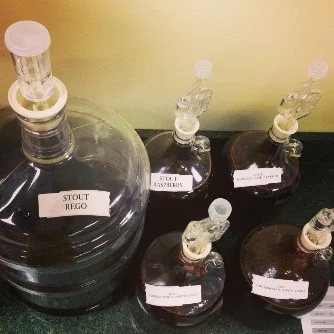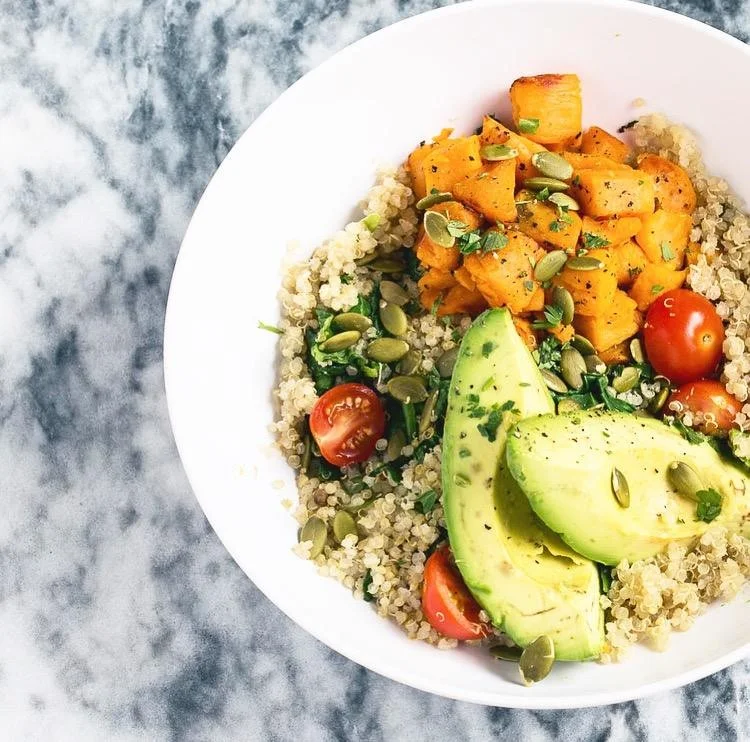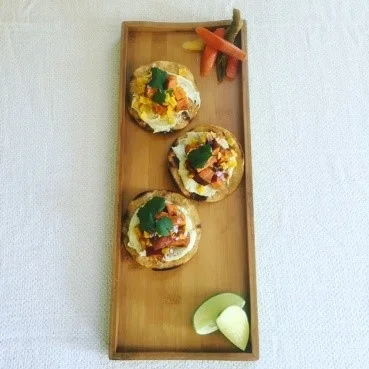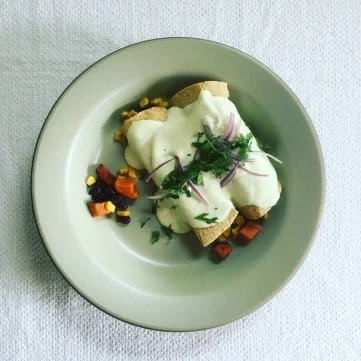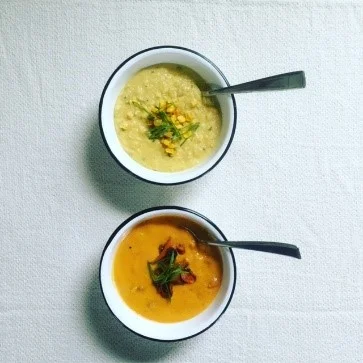Craft beer Market analysis - fruit beer
The year was 2012. Cider had just become known in America as an option to drink other than beer, wine and spirits. Gluten was entering our lexicon, IPAs were on the upswing and there were a few fruit beers on the market, but not many. And the options being sold where either very sweet, very unpalatable, or didn’t even really taste like the name as added flavor faded.
The Problem: Fruit beer wasn’t very good. The market didn’t have an appreciation for it. Furthermore, brewers turned their nose up to it as a fruity/fancy option for non-beer drinkers.
The Question: Could we brew a fruit beer that met both the market demands for something other than standard IPAs, porters and Ambers while still being balanced and flavorful AND being accepted within the brewing community for flavor and consistent replicable product? End goal getting a product to market from a large brewery.
The Solution: We brewed. We tested. We tasted. We taught ourselves how to make beer. Then we added. Whole fruit, puree, fresh juice, juice concentrate, peel, natural flavor, natural essence
What worked the best? What beers worked the best for fruit addition?
Through this test, we found that juice concentrate worked the best for great flavor, color, aroma and consistency in the finished product and easiest process for brewing. With the addition of natural fruit essence added after brewing and before bottling, we could add a great top note punch that really complemented the grain bill and mid-level hops.
This analysis and testing laid the foundation for fruit beers in the market today. Grapefruit IPA’s, Shandys, Radlers, fruit ambers,
Best Flavor combinations:
Raspberry Wheat (raspberry juice concentrate, raspberry essence)
Grapefruit IPA (grapefruit jc, orange peel, citrus toned hops)
Marionberry Amber (marionberry juice concentrate)
Citrus Pale Ale (orange jc, lemon jc, grapefruit jc, orange peel, grains of paradise)


